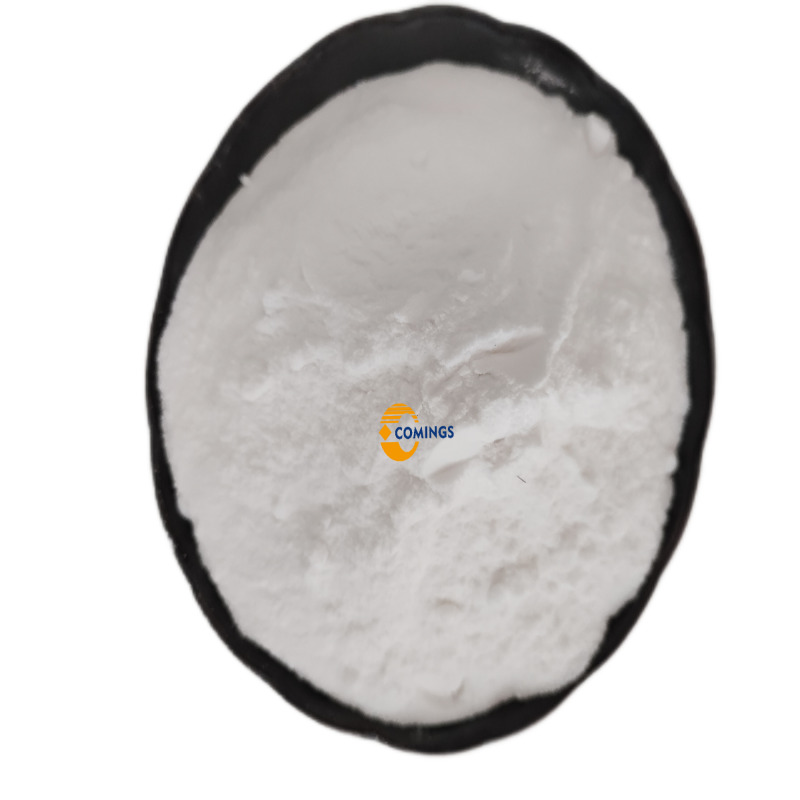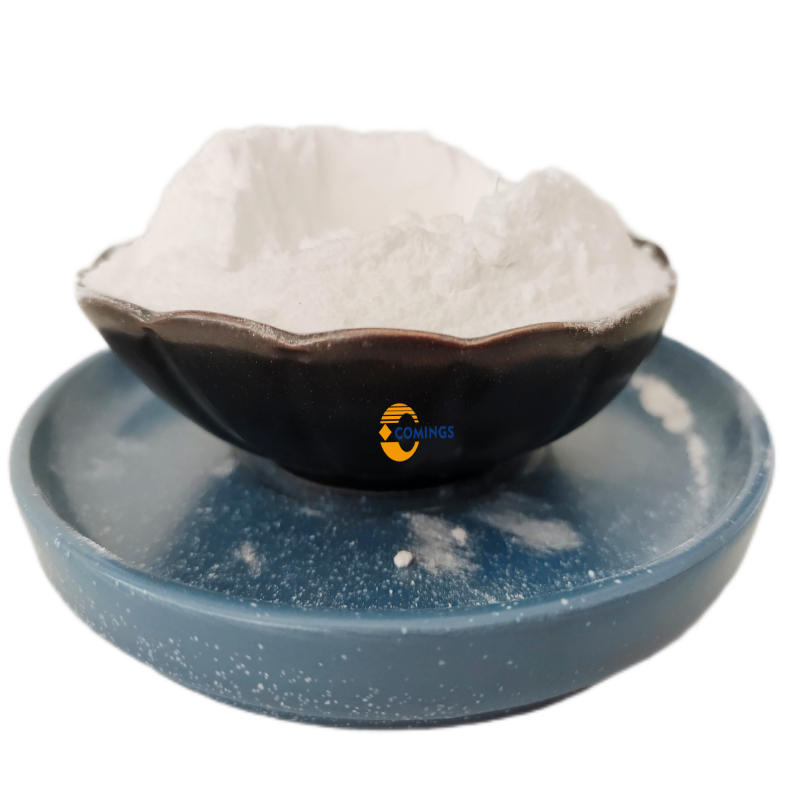-
Categories
-
Pharmaceutical Intermediates
-
Active Pharmaceutical Ingredients
-
Food Additives
- Industrial Coatings
- Agrochemicals
- Dyes and Pigments
- Surfactant
- Flavors and Fragrances
- Chemical Reagents
- Catalyst and Auxiliary
- Natural Products
- Inorganic Chemistry
-
Organic Chemistry
-
Biochemical Engineering
- Analytical Chemistry
-
Cosmetic Ingredient
- Water Treatment Chemical
-
Pharmaceutical Intermediates
Promotion
ECHEMI Mall
Wholesale
Weekly Price
Exhibition
News
-
Trade Service
Phytophthora sojae root rot caused by Phytophthora sojae is one of the main diseases in soybean production.
It is widely distributed around the world and has serious damage.
Therefore, finding genes with broad-spectrum resistance to pathogens plays an important role in disease management
.
On November 5, 2021, Nature Communications published an online research paper titled "A giant NLR gene confers broad-spectrum resistance to Phytophthora sojae in soybean" by the Ma Jianxin research group of Purdue University and Corteva Agricultural Technology
.
In this study, an NLR gene Rps11 with broad-spectrum resistance to Phytophthora was identified in soybeans
.
In recent decades, dozens of Phytophthora sojae resistance (Rps) sites have been mapped to many leucine repeats (NBS-LRR or NLR) gene regions rich in nucleotide binding sites
.
However, many of these loci/alleles have been ineffective against newly evolved isolates of pathogens and few Rps loci/alleles have been isolated and/or functionally verified
.
Therefore, it is still challenging to effectively infiltrate specific Rps genes into superior soybean varieties to obtain sustained resistance
.
Through fine mapping and expression analysis based on gapless sequences, a 27.
7 kb NLR gene was identified as a candidate gene for Rps11
.
In order to further prove the function of Rps11, the study developed Rps11 transgenic lines and examined their response to pathogens
.
The study introduces the PAtUbi 3::CDS-Rps11 vector into the excellent soybean variety 93Y21
.
Studies have shown that the T 2 progeny with transgenes show resistance to these three races, and their resistance levels are similar to those shown by homozygous F 5 RIL (Rps11/Rps11) derived from the mapping population
.
The study further found that Rps11 is located in a genomic region of soybean containing a large set of large NLR genes from a single source, and is derived from multiple rounds of unequal recombination
.
Such events lead to promoter fusion and LRR amplification, which may lead to a broad spectrum of resistance
.
The NLR gene cluster showed significant structural diversification among phylogenetically representative varieties, including gene copy number variation ranging from 5 to 23 copies, and was not found in any of the non-Rps11 donor varieties examined The allelic copy of Rps11, which embodies a new way of evolution of the NLR gene
.
Link to the paper: https://






